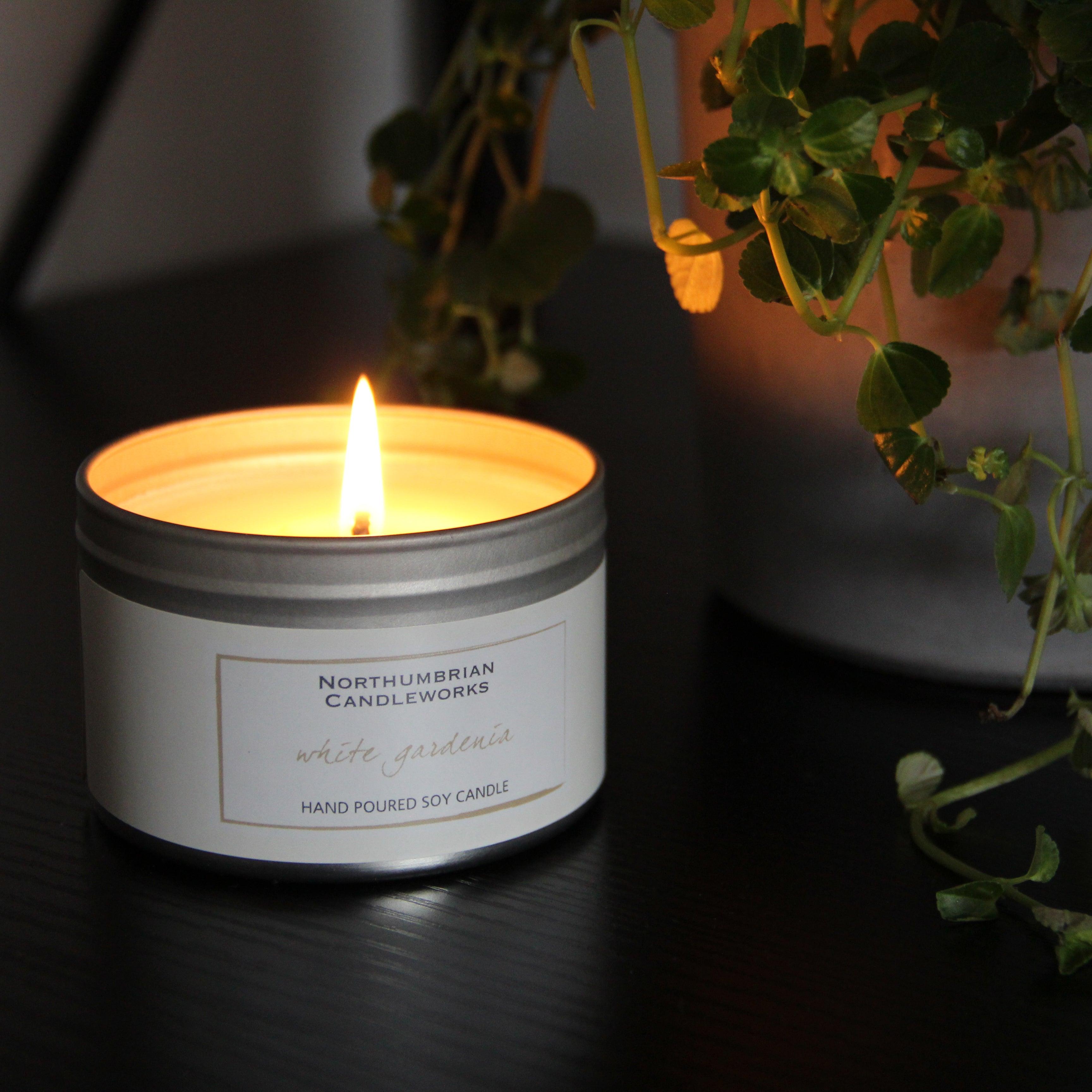Infuse Your Home with the Scent of Crystal Soy Candles and Home Fragrance
Infuse Your Home with the Scent of Crystal Soy Candles and Home Fragrance
Blog Article
From Wick to Wax: Understanding the Chemistry Behind Soy Wax Candles and Their Ecological Impact
As we illuminate our spaces with the warm radiance of candles, there lies a world of detailed chemistry behind the seemingly basic act of lighting a soy wax candle. The option between soy and paraffin wax extends beyond simple visual appeals, delving right into the realm of environmental influence and the really composition of the materials. Understanding the molecular structure of soy wax and its burning procedure loses light on the emissions launched right into our surroundings. Join us as we unravel the scientific intricacies behind soy wax candles and discover their implications on our environment.
Soy Wax Vs. Paraffin Wax
When contrasting soy wax and paraffin wax for candle production, it is important to recognize the unique characteristics and advantages of each product. Soy wax is a natural, renewable energy originated from soybean oil, making it biodegradable and environmentally friendly - soy wax candles. On the other hand, paraffin wax is a byproduct of oil refining, which raises problems about its ecological influence and sustainability
Soy wax candles melt cleaner and send out less soot compared to paraffin wax candles, making them a much healthier option for interior air high quality. Additionally, soy wax has a reduced melting point, permitting a longer-lasting candle that disperses fragrance much more properly. Paraffin wax, on the various other hand, has a tendency to shed faster and less easily, possibly launching hazardous chemicals into the air.
From a sustainability viewpoint, soy wax is favored for its biodegradability and eco-friendly sourcing, aligning with the growing consumer choice for ecologically aware items. While paraffin wax has been a typical option in candle making because of its affordability and simplicity of use, the change in the direction of eco-friendly choices like soy wax is acquiring energy in the market.
Chemical Structure of Soy Wax

Burning Refine in Soy Candles
The chemical make-up of soy wax directly affects the combustion process in soy candles, affecting aspects such as burn time, fragrance launch, and ecological influence. When a soy candle light is lit, the warmth from the fire melts the wax near the wick.
The combustion effectiveness of soy candles is affected by the pureness of the soy wax and the top quality of the wick. A clean-burning soy candle with an effectively sized wick will create a stable fire and lessen residue development. This not just extends the melt time of the candle however likewise improves the launch of scents. Additionally, soy wax candles have a lower ecological influence compared to paraffin candle lights because of their eco-friendly and sustainable nature.

Ecological Advantages of Soy Wax

Considered a lasting option to typical paraffin wax, soy wax uses noteworthy environmental advantages that make it a preferred option amongst eco-conscious customers. Soy wax burns cleaner and generates much less soot than paraffin wax, adding to better indoor air top quality and minimizing the requirement for cleaning and maintenance. Overall, the ecological benefits of soy wax straighten with the expanding demand for eco-friendly and sustainable products in the market.
Recycling and Disposal Considerations
Recycling and correct disposal of soy wax candle lights play a crucial role in maintaining ecological sustainability and decreasing waste in communities and households. When it comes to reusing soy wax candles, the very first action is to ensure that the candle light has actually burned totally.

In terms of disposal, if recycling is not a choice, soy wax candles are eco-friendly and can be safely gotten rid of in most home waste systems. Nonetheless, it is constantly suggested this to examine with regional recycling centers or waste administration solutions for particular guidelines on candle disposal to ensure correct handling and environmental defense.
Conclusion
In conclusion, the chemistry behind soy wax candle lights reveals their environmental advantages over paraffin wax candles. Soy wax, derived from soybean oil, burns cleaner and generates less residue when compared to paraffin wax.
When contrasting soy wax and paraffin wax for candle production, it is important to understand the unique characteristics and advantages of each material (candles).Soy wax candle lights shed cleaner and emit much less residue contrasted to paraffin wax candles, making them a healthier selection for indoor air quality.Considered a lasting choice to typical paraffin wax, soy wax uses remarkable environmental benefits that make it a popular choice among eco-conscious customers. Soy wax burns cleaner and produces much less soot than paraffin wax, adding to far better indoor air top quality and minimizing the need for cleansing and maintenance.In conclusion, the chemistry behind soy wax candle lights reveals their environmental advantages over paraffin wax candles
Report this page